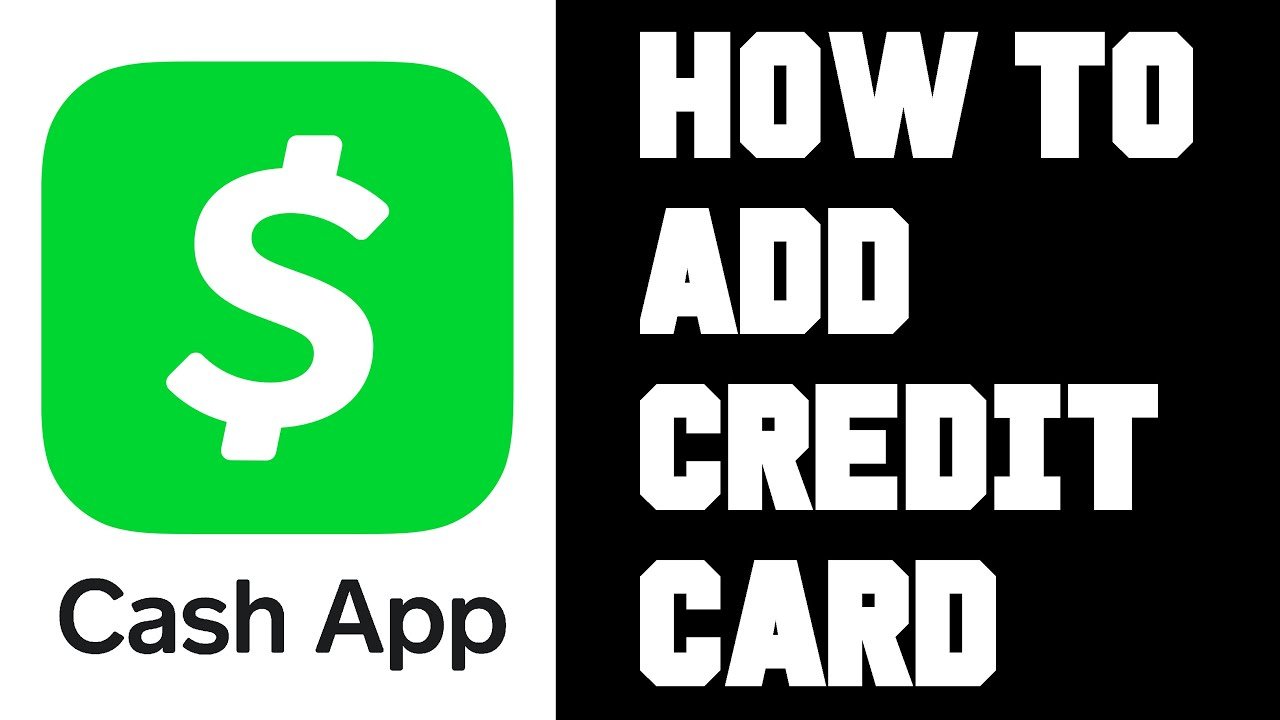Financial education for kids is essential in preparing them for a financially responsible future. Teaching kids about money from an early age helps them develop smart money habits, financial discipline, and an understanding of money management for kids. By introducing financial literacy activities in primary school, children can learn valuable lessons about saving, spending, and investing.
Why Financial Education for Kids is Important
Financial education for kids equips them with the necessary skills to make sound financial decisions in adulthood. It instills a sense of responsibility and helps them understand the value of money. By incorporating financial literacy into early education, children develop a strong foundation for managing finances effectively. For more insights on the importance of financial literacy, visit Jump$tart Coalition for Personal Financial Literacy.
Strategies for Teaching Kids About Money
-
Introduce Basic Money Concepts
Start by teaching kids about money using simple concepts like earning, saving, spending, and donating. Use real-life examples and interactive lessons to help them understand these ideas.
-
Use Financial Literacy Activities
Hands-on financial literacy activities make learning fun and engaging. Activities such as setting up a mock store, using piggy banks, or playing money-related board games can help kids grasp essential financial concepts.
Explore free financial education resources at Money As You Grow.
-
Encourage Smart Money Habits
Smart money habits like saving a portion of their allowance or budgeting for a desired toy teach kids financial discipline. Parents and teachers should encourage children to track their spending and savings using simple charts or apps.
-
Teach Budgeting Skills
Budgeting is a crucial aspect of money management for kids. Introduce simple budgeting exercises where children allocate their pocket money to different categories, such as savings, expenses, and charity.
Check out a kid-friendly budgeting tool at Practical Money Skills.
-
Explain the Importance of Saving and Investing
Helping kids understand the power of saving and investing early on can set them up for future financial success. Encourage them to set savings goals and introduce them to basic investment concepts using kid-friendly explanations.
-
Use Real-Life Scenarios
Real-world examples help children connect financial concepts to everyday life. Take them shopping and show them how to compare prices, differentiate between needs and wants, and make informed purchasing decisions.
READ ALSO: STEM for Kids: 20 Amazing STEM Kits, 20 STEM Toys, 10 STEM Projects & Mind-blowing Tricks on How to Use them to Unlock Your Child’s Potential Through STEM/STEAM Education
Best Financial Education for Kids: A Step-by-Step Guide
- Start with Allowance Management – Give kids a set allowance and teach them to allocate portions for saving, spending, and giving. This helps build budgeting skills early on.
- Introduce Savings Accounts – Open a savings account for kids and encourage them to deposit a percentage of their money regularly. Explain how interest works in simple terms.
- Teach the Difference Between Needs and Wants – Use everyday shopping experiences to help children differentiate between essential needs and luxury wants.
- Use Educational Games and Apps – Leverage fun and interactive financial education tools such as money management apps and board games to enhance learning.
- Encourage Goal-Based Savings – Teach children to set savings goals for specific items they want to buy, reinforcing patience and financial planning.
- Explain the Concept of Earning Money – Introduce the idea of working for money through simple chores, entrepreneurship, or rewards for completing responsibilities.
- Discuss the Basics of Investing – Provide an easy-to-understand introduction to investing by explaining how money can grow over time through stocks, bonds, and other assets.
- Practice Smart Spending Habits – Show kids how to compare prices, look for discounts, and make informed purchasing decisions.
Benefits of Financial Education for Kids
- Builds Financial Confidence: Kids who learn money management from an early age grow up to be more confident in handling finances.
- Encourages Responsible Spending: Understanding financial literacy helps children make better spending decisions.
- Prepares Them for the Future: Learning about savings, budgeting, and investing at a young age ensures they develop lifelong financial skills.
- Promotes Financial Independence: Children who grasp financial concepts early are more likely to become independent and financially secure adults.
For further reading on raising financially responsible children, visit Investopedia’s Guide to Teaching Kids About Money.
READ ALSO: Best Side Hustles in the UK: 11 Ways to Earn £1,500 Per Month, Tested and Proven, 6 Ama zing Remedies to Side Hustle Challenges| See How TO Grow Your UK Side Hustles Today!
Financial Education App for Kids: Step-by-Step Guide
Financial education apps for kids can make learning about money engaging and interactive. Here are some steps to choosing and using the best financial education app for kids:
- Choose Age-Appropriate Apps – Select apps designed for different age groups, ensuring that the content matches their learning level.
- Look for Gamified Learning – Apps with fun challenges, quizzes, and rewards make financial literacy engaging for kids.
- Ensure Hands-On Money Management – Opt for apps that allow kids to practice budgeting, saving, and spending in a virtual environment.
- Parental Controls and Monitoring – Choose an app that lets parents track progress and guide their child’s financial learning journey.
- Incorporate Real-Life Money Skills – Apps that simulate real-world scenarios help kids understand practical money management skills.
- Encourage Regular Use – Set up a routine where kids use the app consistently to reinforce financial literacy concepts.
- Combine with Offline Activities – Pair app lessons with real-life experiences such as managing a piggy bank, setting savings goals, or practicing smart spending.
Popular financial education apps for kids include:
- Bankaroo – A virtual bank for kids to learn money management.
- PiggyBot – A savings and allowance tracker app.
- Greenlight – A debit card and money management tool for kids.
SEE ALSO: Home Care Worker Immigration Pilots Canada: How to qualify, Apply, and complete the 12 Months Compulsory Canada Work Requirements, 10 top Canada Home Care Worker Immigration Pilots Employers, How to Reach them & Avoid Pitfalls
Financial Education Books for Kids: Step-by-Step Guide
Books are an excellent way to introduce financial education for kids. Here’s how to choose and use the best financial education books for kids:
- Select Age-Appropriate Books – Choose books that align with the child’s age and comprehension level to ensure effective learning.
- Look for Engaging Stories – Books that use storytelling and relatable characters make financial literacy fun and memorable.
- Cover Key Financial Concepts – Pick books that explain essential money concepts such as saving, spending, investing, and budgeting in simple terms.
- Encourage Interactive Learning – Books with activities, questions, and real-life examples help children apply financial lessons in practical ways.
- Discuss the Lessons Together – Parents and teachers should read the books with kids, discuss key takeaways, and relate them to real-life situations.
- Reinforce with Activities – Pair book lessons with hands-on activities like setting up a savings jar, creating a mock budget, or playing money-related games.
Recommended financial education books for kids:
- The Berenstain Bears’ Trouble with Money – A fun story that teaches kids about earning and spending money.
- If You Made a Million – Explains the concept of earning, saving, and investing in a kid-friendly way.
- Alexander, Who Used to Be Rich Last Sunday – A great book about financial choices and spending habits.
- Rock, Brock, and the Savings Shock – Demonstrates the importance of saving and compound interest.
CHECK OUT: JAMB 2025 UTME Registration – 5 Mind-blowing Info About 2025 UTME Registration & Everything You Need to Know Before the Deadline March 18th to Avoid These COSTLY Mistakes!!
Financial Education Courses for Kids: Step-by-Step Guide
Financial education courses for kids provide structured learning experiences that teach important money skills. Here’s how to choose and use the best financial education courses for kids:
- Identify Course Goals – Determine whether you want a course focused on saving, budgeting, investing, or overall financial literacy.
- Choose Age-Appropriate Courses – Look for courses tailored to different age groups to ensure effective learning.
- Opt for Interactive Learning – Select courses that include engaging videos, quizzes, and hands-on activities.
- Look for Certified Programs – Ensure the course is created by financial education experts or certified organizations.
- Combine with Real-Life Practice – Reinforce lessons by applying them in daily life, such as tracking expenses or setting up a savings plan.
- Consider Online and Offline Options – Explore both online courses and in-person workshops to find the best fit for your child’s learning style.
- Encourage Continued Learning – Financial education should be an ongoing process, so look for courses that offer progressive learning levels.
Popular financial education courses for kids include:
- MoneyTime – A gamified online financial literacy course.
- FutureSmart – A free financial literacy program for kids.
- Dave Ramsey’s Financial Peace Jr. – A money management course designed for young learners.
READ ALSO: Early Childhood Education: 4 Amazing Powerful Key to Lifelong Success or a Devastating Missed Opportunity? – Know It All!!
How to Become a Financial Educator
Becoming a financial educator is a great way to teach financial education for kids and equip them with essential money skills. Here’s a step-by-step guide to becoming a financial educator:
- Gain Financial Knowledge – Build a strong understanding of financial concepts, including saving, budgeting, investing, and financial planning.
- Obtain Relevant Certifications – Enroll in financial education certification programs to become a certified financial literacy educator.
- Develop Teaching Skills – Learn how to effectively communicate financial concepts to children using engaging methods.
- Create Engaging Lesson Plans – Develop interactive and age-appropriate lessons that make learning about money fun.
- Use Digital Tools and Resources – Incorporate financial education apps, games, and books to enhance the learning experience.
- Partner with Schools and Organizations – Collaborate with schools, community centers, and financial institutions to introduce financial literacy programs for kids.
- Stay Updated on Financial Trends – Keep up with new financial education strategies and tools to improve teaching effectiveness.
How to Become a Certified Financial Education Instructor
If you’re passionate about financial education for kids and want to become a certified instructor, follow these steps:
- Research Certification Programs – Look for accredited programs that offer certifications in financial education.
- Meet Eligibility Requirements – Some programs require a background in education, finance, or a related field.
- Enroll in a Certification Course – Complete a course that covers financial literacy principles, teaching methodologies, and curriculum development.
- Pass the Certification Exam – Most programs require candidates to pass an assessment to demonstrate their knowledge.
- Gain Teaching Experience – Practice teaching financial education to kids in schools, community centers, or online.
- Stay Updated with Financial Trends – Continue learning and updating your knowledge to stay relevant in the field.
- Apply for Financial Education Jobs – With certification, you can work as a financial literacy instructor in schools, nonprofit organizations, or as an independent educator.
SEE ALSO: Nutritious African Baby’s Pap: How to Make Pap – 9 Ultimate Guide to Making Healthy Akamu for Babies and Families
Financial Education Courses and Books for Instructors
If you’re interested in teaching financial education for kids, there are various courses and books available to help you develop your expertise:
- Enroll in Accredited Financial Education Courses – Look for courses that provide in-depth knowledge about financial literacy education, teaching strategies, and curriculum development.
- Read Comprehensive Financial Literacy Books – Books like The Opposite of Spoiled by Ron Lieber and Finance 101 for Kids by Walter Andal provide valuable insights on teaching money concepts.
- Use Instructor Guides and Workbooks – Utilize instructor resources that include lesson plans, classroom activities, and financial literacy exercises.
- Join Professional Development Programs – Attend workshops, webinars, and conferences to enhance your teaching skills.
- Stay Updated with Online Resources – Websites like NEFE offer free financial education resources for educators.
Financial Education Jobs
If you are passionate about financial education for kids and want to turn it into a career, there are several job opportunities available in this field. Here’s a step-by-step guide to finding financial education jobs:
- Explore Career Options – Financial education jobs include roles such as financial literacy teacher, curriculum developer, youth financial coach, and nonprofit financial educator.
- Get the Right Qualifications – Obtain relevant degrees or certifications in financial education, economics, or teaching.
- Develop Teaching Skills – Effective financial educators should have strong communication and engagement skills to make learning fun for kids.
- Apply for Jobs in Schools and Organizations – Many schools, banks, and nonprofit organizations hire financial educators to teach kids about money.
- Use Online Job Platforms – Look for financial education jobs on platforms like LinkedIn, indeed, and Glassdoor.
- Consider Freelance Opportunities – Some financial educators work independently, creating online courses, books, and workshops for kids.
- Stay Updated on Financial Trends – Keeping up with financial education trends can help you improve your teaching methods and find better job opportunities.
READ ALSO: How to Make Money from Home — A Beginner’s Guide to Freelance Opportunities
Final Thoughts
Financial education for kids is a crucial step toward raising financially responsible adults. By teaching kids about money through interactive and engaging financial literacy activities, they can develop essential skills that will benefit them throughout their lives. Schools and parents should work together to implement money management lessons that empower children to make smart financial choices from an early age.By making financial literacy a part of everyday learning, we can equip the next generation with the knowledge and skills they need to achieve financial success.





